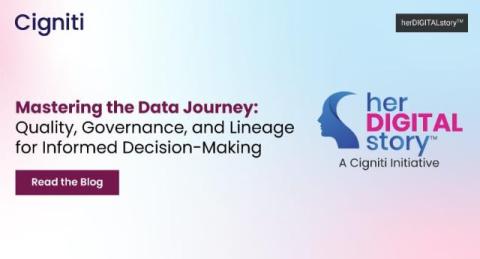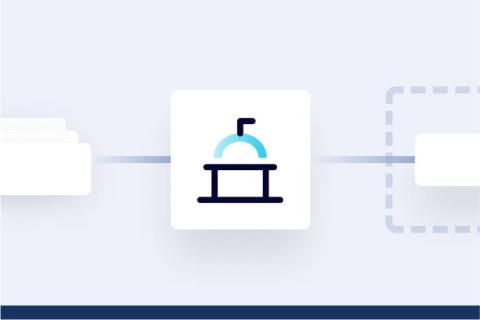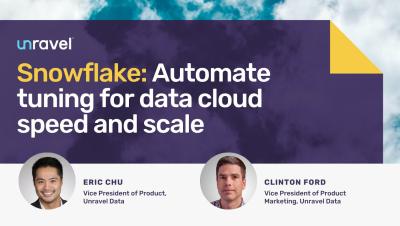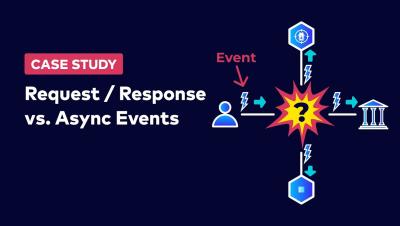Data Fabric Implementation: 6 Best Practices for IT Leaders
Trying to integrate data without knowing your starting point is like taking a road trip without a map—you’re bound to get lost. To navigate the challenges of data integration, IT leaders must first evaluate their current data setup. This means taking stock of all your data sources, understanding their quality, and identifying integration points. It’s like conducting a thorough inspection before renovating a house; you must know what you’re working with.









